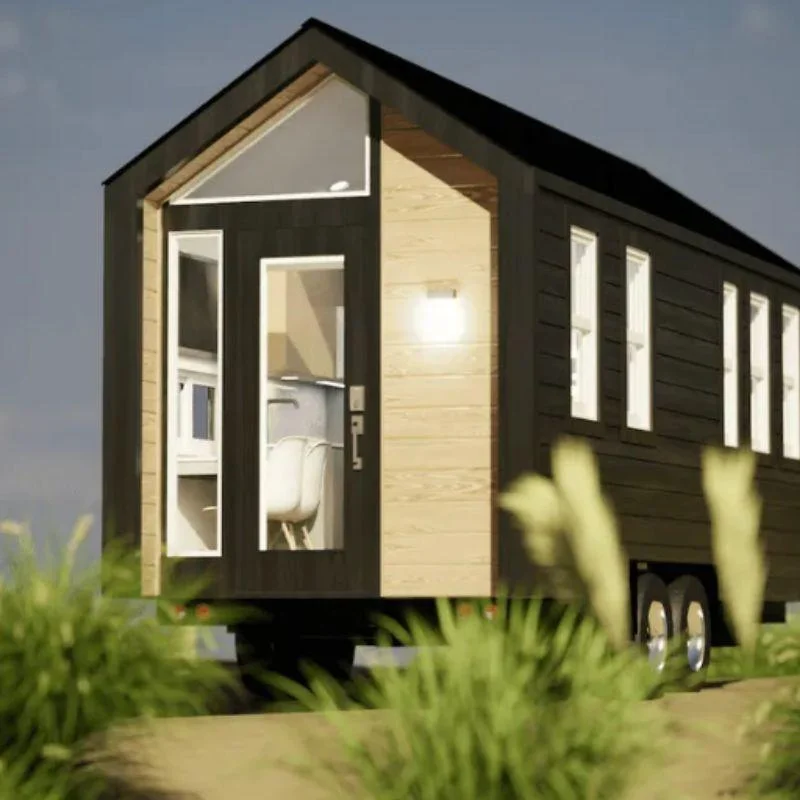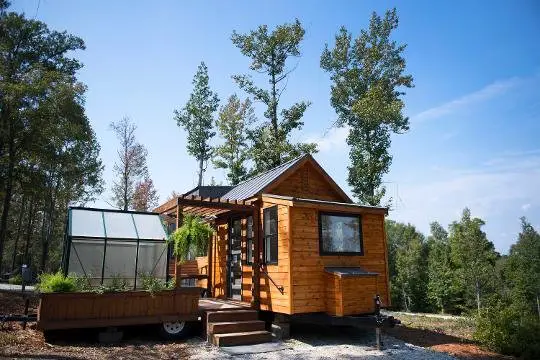Let’s settle the burning question: are tiny homes legal in South Carolina? If you’ve been dreaming about downsizing and embracing the simplicity of a tiny home, you’re not alone. As the tiny home movement gains momentum across the nation, many aspiring homeowners are considering these cozy and efficient dwellings. However, before embarking on this unique housing journey in the Palmetto State, it’s essential to understand the legalities surrounding tiny homes and whether they’re welcomed or frowned upon by local regulations. Hold on to your enthusiasm, as we explore the fascinating world of tiny homes in South Carolina!
Definition of Tiny Homes
Size and Structure
Tiny homes are a type of small dwelling that are gaining popularity across the United States, including in South Carolina. These homes are characterized by their compact size and efficient use of space, with most tiny homes typically ranging from 100 to 400 square feet. They are designed to maximize functionality and minimize unnecessary areas, while still providing the essential living amenities. Tiny homes can come in various forms, including movable structures on wheels or permanent structures built on a foundation.
Types of Tiny Homes
There are several types of tiny homes that individuals can choose from, each with its own unique characteristics and benefits. One popular type is the traditional tiny house on wheels, commonly referred to as a “THOW.” These homes are built on a trailer and can be easily transported to different locations. Another type is the tiny house on a foundation, which resembles a traditional house but with a significantly smaller footprint. Additionally, there are container homes, which are repurposed shipping containers transformed into living spaces, and accessory dwelling units (ADUs), which are small standalone structures located on the same property as an existing residence.
Zoning and Building Codes
South Carolina Zoning Regulations
When considering the legality of tiny homes in South Carolina, it is important to understand the zoning regulations that govern land use and residential property. Zoning is the division of land into different districts, each with its own set of regulations and restrictions. In South Carolina, zoning regulations vary across counties and municipalities, making it crucial to research and comply with the specific zoning requirements of the desired location for placing a tiny home.
Building Codes Pertaining to Tiny Homes
In addition to zoning regulations, building codes play a significant role in determining the legality of tiny homes in South Carolina. Building codes are standards set forth by local governments to ensure the safety and structural integrity of buildings. While the International Residential Code (IRC) is widely adopted across the state, certain modifications and exceptions may exist for tiny homes due to their unique nature and smaller size. Understanding and adhering to these regulations is essential to ensure compliance during the construction or placement of a tiny home.
Exceptions and Variances
Despite the existence of zoning and building codes, South Carolina does provide opportunities for exceptions and variances in certain cases. Local governments may grant variances if strict application of the regulations would cause unnecessary hardship to the property owner. However, it is important to note that obtaining variances can be a complex and time-consuming process, requiring detailed documentation and persuasive arguments. Consulting with local officials and professionals familiar with the specific requirements can be valuable in navigating these exceptions and variances.
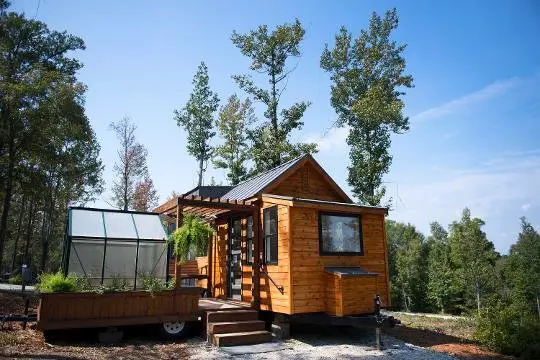
Minimum Square Footage Requirements
Minimum Size Regulations
South Carolina sets minimum square footage requirements for residential dwellings in many areas. These requirements are typically intended to ensure that homes meet a certain standard of livability and safety. While minimum size regulations vary depending on the jurisdiction, they often range from 800 to 1,000 square feet. These regulations may pose a challenge for tiny home enthusiasts, as many tiny homes fall below these minimum size requirements. However, exceptions and alternative classifications for tiny homes do exist, providing opportunities for those who wish to live in smaller dwelling spaces.
Exceptions for Tiny Homes
Despite the minimum square footage requirements, exceptions and alternative classifications are available for tiny homes in South Carolina. For instance, some municipalities have implemented “accessory dwelling unit” (ADU) regulations, which allow for the construction of smaller secondary dwellings on the same property as an existing primary residence. These ADUs often have lower minimum size requirements or may be exempt from such regulations altogether, making them a viable option for individuals interested in tiny homes. Additionally, some areas have created specific exceptions or pilot programs to accommodate tiny homes, recognizing the growing interest in this housing trend.
Permits and Licenses
Building Permits
Obtaining the necessary building permits is a crucial step in the construction process of a tiny home. Building permits are typically required to ensure that structures comply with local building codes and regulations, promoting safety and quality. When applying for a building permit, it is important to provide detailed plans and specifications of the proposed tiny home, including any modifications or exceptions requested. Engaging the services of a licensed contractor or architect experienced in tiny home construction can help navigate the permit application process successfully.
Occupancy Permits
Once the construction or placement of a tiny home is complete, obtaining an occupancy permit is necessary before moving in. This permit is typically issued by the local building department after an inspection to ensure that the dwelling meets all applicable building and safety codes. The inspection process may include examinations of structural elements, electrical systems, plumbing, and other essential components. Adhering to the prescribed regulations and working closely with local officials will help ensure a smooth process in obtaining the occupancy permit for a tiny home.
Specialized Licenses
In addition to building and occupancy permits, individuals may need to obtain specialized licenses depending on the specific features or functions of their tiny home. For example, if a tiny home includes plumbing or electrical systems, licensed professionals may need to complete the installation and certify their compliance with relevant regulations. Additionally, if the tiny home will be used as a short-term rental or bed and breakfast, individuals may need to secure appropriate licensing and meet additional requirements. It is essential to research and understand the specific licensing obligations associated with the intended use and features of the tiny home.
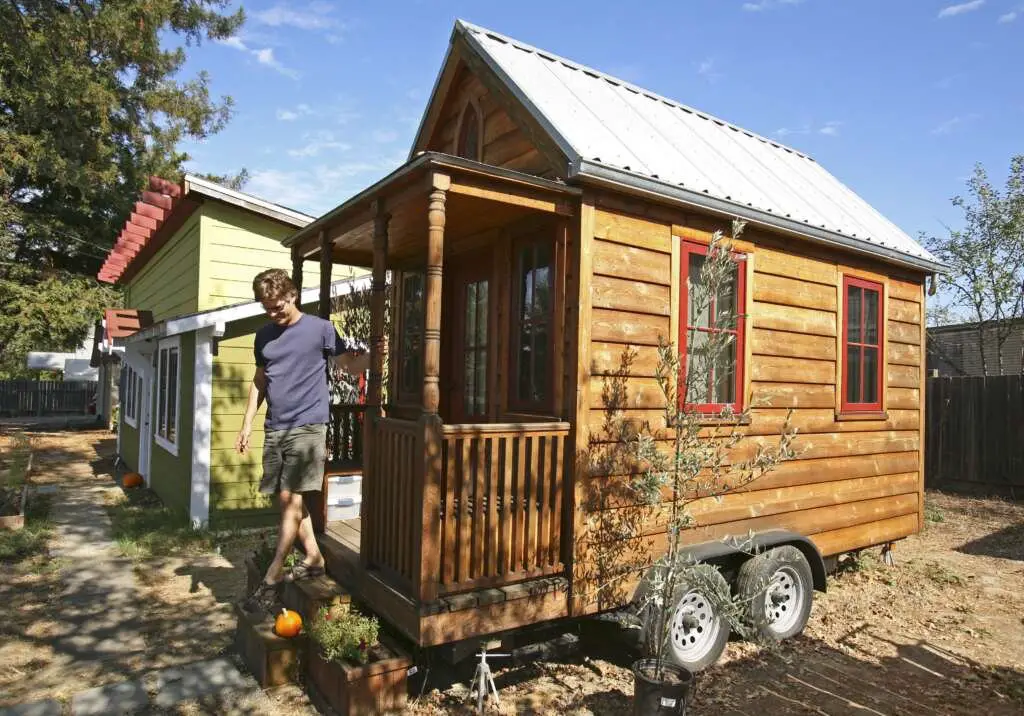
Community Regulations
Homeowner’s Association Rules
If the tiny home is planned to be placed within a development or community governed by a homeowner’s association (HOA), it is important to consider the HOA’s rules and regulations. HOAs are organizations established to maintain and manage common areas and enforce community-related rules. These rules can vary widely between different developments, with some HOAs imposing restrictions on the placement and appearance of structures within the community. It is essential to review the HOA’s governing documents, including the covenants, conditions, and restrictions (CC&Rs), to ensure that the tiny home aligns with the association’s requirements.
Mobile Home Parks
Mobile home parks are another potential option for placing a tiny home in South Carolina. These parks are residential communities specifically designed for mobile homes and often provide designated spaces or lots for tiny homes as well. However, it is crucial to research and verify whether a particular mobile home park permits tiny homes, as regulations and guidelines can vary between different parks. Some mobile home parks may have restrictions on the size, age, or appearance of homes, so contacting the park management or reviewing their policies prior to making any commitments is recommended.
Tiny Home Communities
In recent years, the establishment of tiny home communities has emerged as an alternative housing option for individuals interested in living a tiny lifestyle. These communities are specifically designed to accommodate tiny homes and typically include shared amenities, communal spaces, and a sense of community. Joining a tiny home community can provide opportunities for like-minded individuals to live in close proximity, fostering a greater sense of belonging and support. However, it is important to research and consider the specific regulations and requirements of each community before making a commitment.
Land Ownership and Classification
Private Land Regulations
For individuals interested in placing a tiny home on private land, it is important to consider the specific regulations and requirements associated with private land ownership. The ability to place a tiny home on private land can vary depending on zoning regulations, minimum square footage requirements, and other relevant factors. It is important to research and understand the zoning classification and any applicable restrictions or requirements specific to the chosen parcel of land. Consulting with local officials and professionals experienced in land use regulations can help ensure compliance and a smooth process.
Public Land Restrictions
Placing a tiny home on public land, such as state parks or national forests, may present additional challenges and restrictions. Public land is typically managed by government agencies and subject to specific rules and regulations aimed at preserving the natural environment and ensuring public safety. While some areas may permit temporary or seasonal habitation in certain designated zones, long-term residential placement of a tiny home on public land is generally prohibited. It is crucial to consult with the appropriate government agency and review the regulations governing the desired public land before considering it as a potential location.
Agricultural Land Use
For individuals seeking a more rural living experience, agricultural land may provide opportunities for placing a tiny home. Agricultural land use regulations can differ from residential zoning regulations, allowing for greater flexibility when it comes to dwelling sizes and structures. In South Carolina, certain agricultural classifications and related regulations may make it easier to place a tiny home on agricultural land. However, it is important to comply with any applicable requirements and restrictions outlined by agricultural zoning codes and to engage in dialogue with local agricultural authorities to ensure compliance.
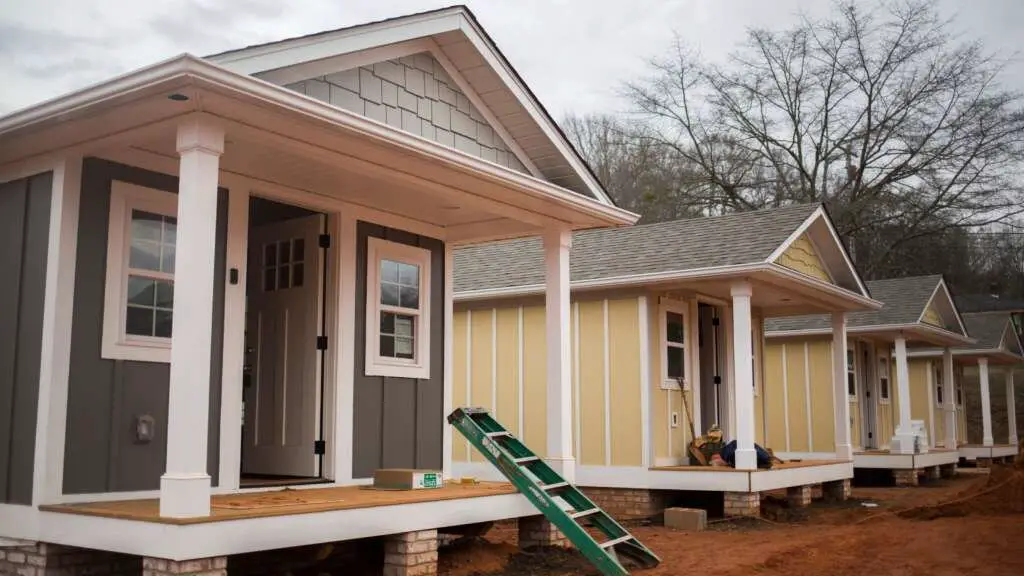
Utilities and Off-Grid Living
Access to Utilities
One of the main considerations when selecting a location for a tiny home is access to utilities such as electricity, water, and sewage systems. The ability to connect to these utilities can depend on various factors, including the location, type of tiny home, and local regulations. In urban or suburban areas, connecting to existing utilities may be relatively straightforward, while more remote or off-grid locations may require alternative solutions such as solar panels, rainwater collection systems, or composting toilets. Understanding the availability and requirements for accessing utilities is crucial in determining the feasibility of a specific location for a tiny home.
Off-Grid Living Options
Although connecting to traditional utilities is a common choice for tiny home dwellers, some individuals may opt for off-grid living. Off-grid living refers to a self-sufficient lifestyle that relies on renewable energy sources, such as solar or wind power, and alternative water and waste management systems. Off-grid living provides individuals the freedom to live independently and reduce their environmental impact. However, off-grid living may require additional planning, investment, and compliance with local regulations. It is essential to research and understand the specific requirements and limitations associated with off-grid living before pursuing this alternative.
Sustainability Requirements
Considering the compact size and environmental benefits associated with tiny homes, sustainability is often an important consideration for those interested in this lifestyle. Implementing sustainable practices within a tiny home, such as using energy-efficient appliances, incorporating renewable energy sources, and utilizing eco-friendly materials, can further enhance the environmental benefits of tiny living. Additionally, certain jurisdictions in South Carolina may offer incentives or programs aimed at promoting sustainable practices, such as tax credits or grants for energy-efficient upgrades. Taking advantage of these opportunities can both reduce the environmental impact and promote a more sustainable way of living in a tiny home.
Insurance and Financing
Insurance Coverage Availability
Obtaining adequate insurance coverage is essential when it comes to protecting a tiny home investment. Traditional homeowner’s insurance may not always provide sufficient coverage for a tiny home due to the unique characteristics and portability of these structures. However, specialized insurance policies tailored specifically for tiny homes have emerged to address this gap. These insurance policies offer coverage for structures on wheels or permanent foundations, as well as personal belongings. It is important to shop around and compare policies to find the most suitable coverage for a specific tiny home, considering factors such as coverage limits, deductibles, and exclusions.
Financing Options for Tiny Homes
Financing a tiny home can be a complex process, as traditional mortgage lenders may have stricter eligibility criteria and lending guidelines compared to conventional homes. However, there are several financing options available for tiny homes. Some individuals choose to pay for their tiny homes with personal savings or loans, while others opt for alternative financing methods such as personal loans, RV loans, or specialized tiny home loans. It is crucial to thoroughly research and consider different financing options, comparing interest rates, terms, and eligibility requirements, to find the most suitable solution for financing a tiny home.
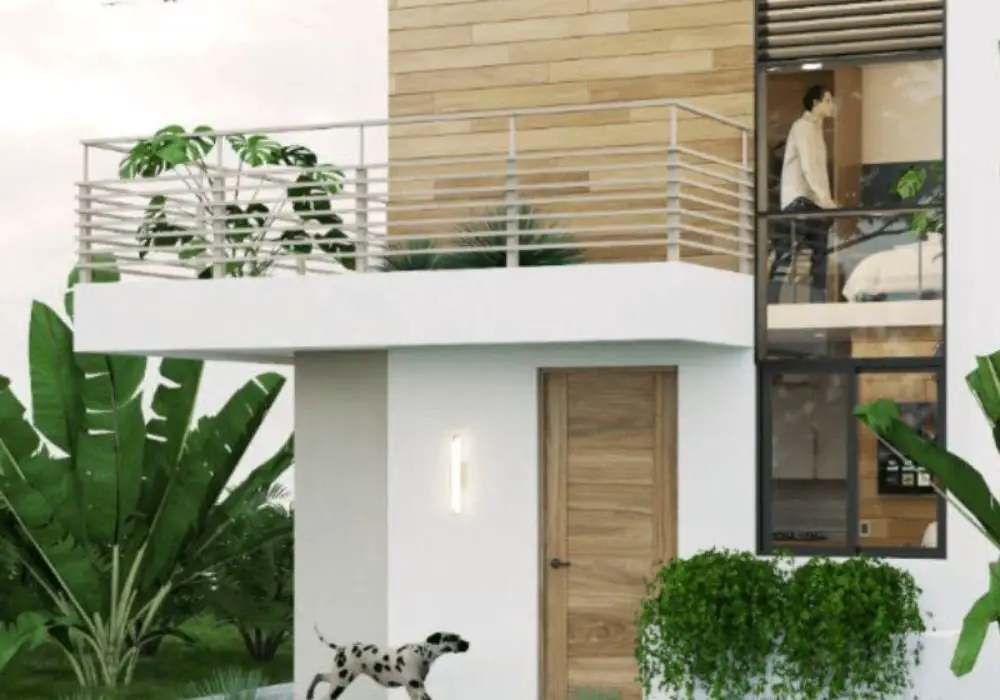
Parking and Placement
Placement Restrictions
The placement of a tiny home is subject to various restrictions and regulations, both at a state and local level. These regulations can dictate where and how a tiny home can be placed, affecting factors such as setbacks from property lines, distances from existing buildings, or height limitations. In South Carolina, zoning regulations and building codes typically play a significant role in determining the placement restrictions for tiny homes. It is essential to review and comply with the specific regulations of the desired location, consulting with local officials or professionals when necessary to ensure compliance and a smooth placement process.
Parking Regulations
Parking a tiny home can present unique challenges due to its mobility and smaller size. The ability to park a tiny home depends on several factors, including local zoning regulations, HOA rules, and individual property restrictions. In urban or suburban areas, off-street parking requirements may need to be met, while more rural areas may provide more flexibility. Additionally, some areas may permit the temporary parking of a tiny home, such as through short-term rental platforms, while imposing restrictions on permanent residential placement. Understanding the specific parking regulations and restrictions associated with a desired location is crucial in determining the feasibility of parking a tiny home.
Conclusion
While the legality of tiny homes in South Carolina varies based on specific location and regulations, it is evident that opportunities exist for individuals interested in this unique and sustainable housing option. By understanding the zoning and building codes, minimum square footage requirements, permits and licenses, community regulations, land ownership classification, utilities and off-grid living options, insurance and financing possibilities, as well as parking and placement restrictions, individuals can navigate the process of owning a tiny home in South Carolina successfully. It is essential to conduct thorough research, consult with local officials, and engage professionals experienced in tiny home regulations to ensure compliance and a smooth transition into tiny home living. Ultimately, with careful consideration and planning, individuals can embrace the benefits of tiny living in the beautiful state of South Carolina.
